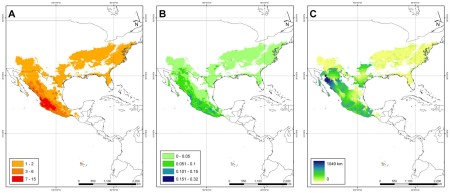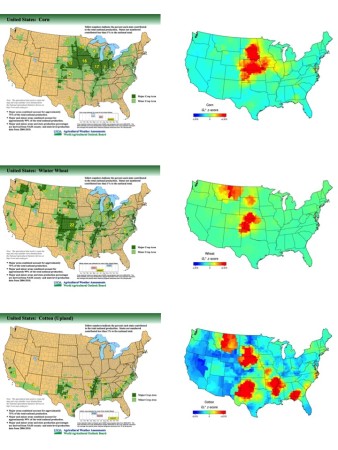Geoff Gurr takes issue with what he interprets as our sarcasm:
The ‘no, really’ comment could be taken as suggesting that there is no great surprise contained in the title ‘…crop diversification promotes ecological intensification of agriculture’. In fact, the idea that ecological approaches such as crop diversification can have the types of beneficial effects that we report is often challenged. Had word counts allowed our title to be longer we’d have liked to have extended it to say something like ‘to the extent that the need for synthetic inputs was reduced by two thirds whilst increasing crop yield’.
Though actually what we were trying to do is point out that his results reinforce those of other papers in this week’s Brainfood.

